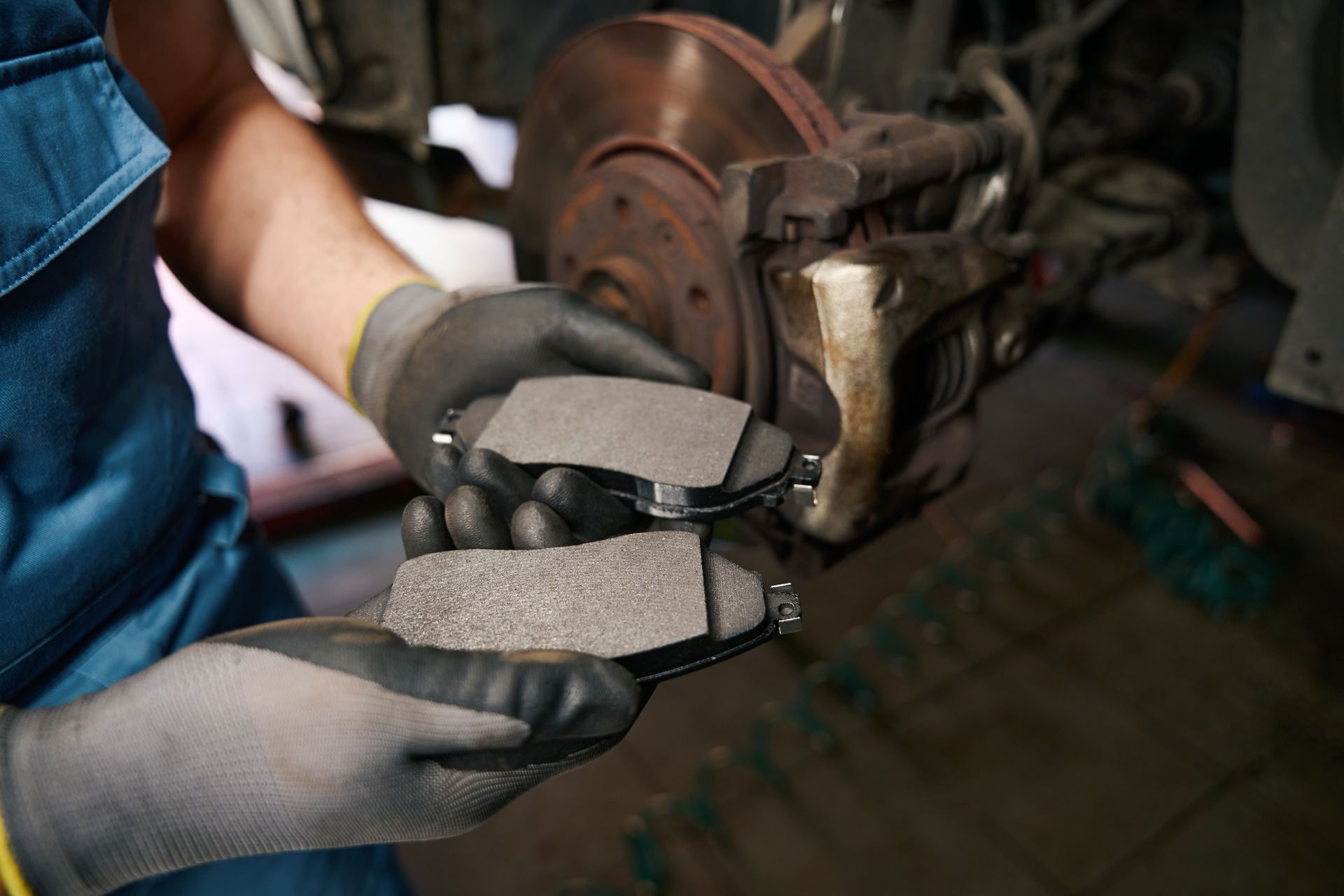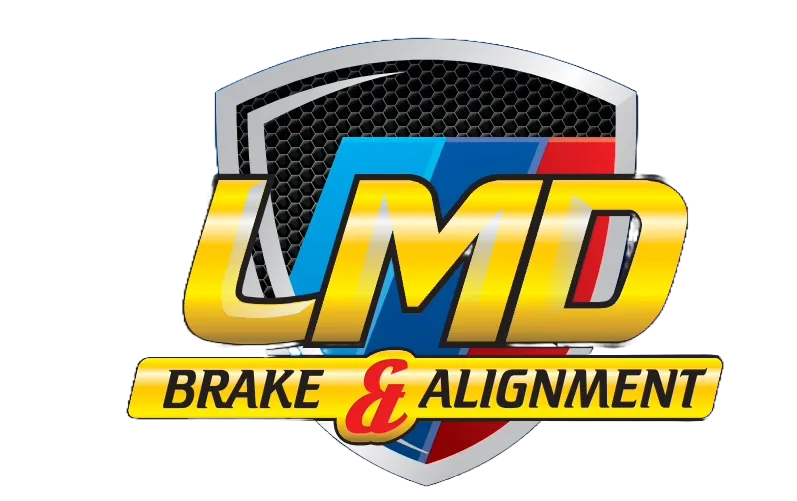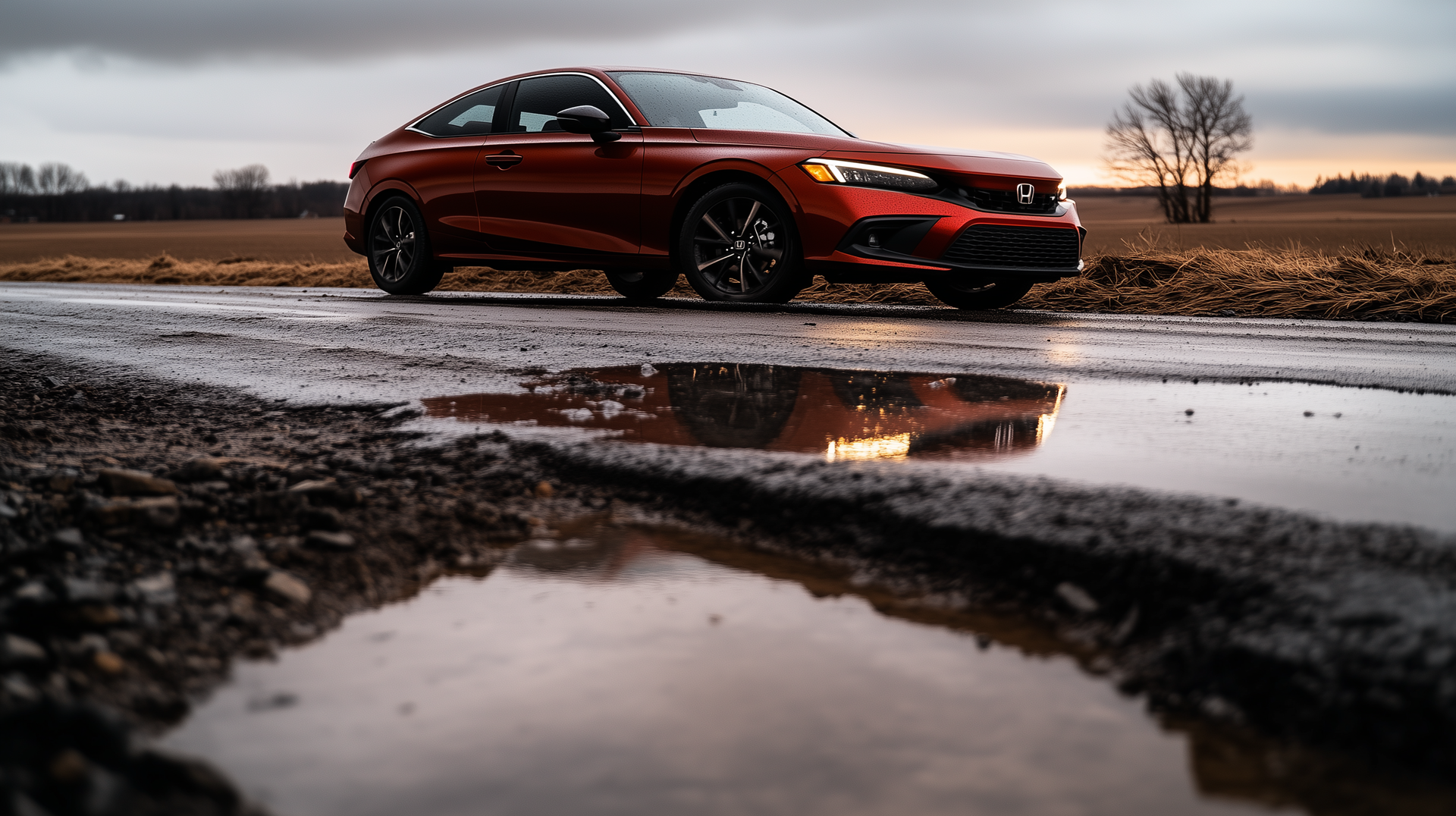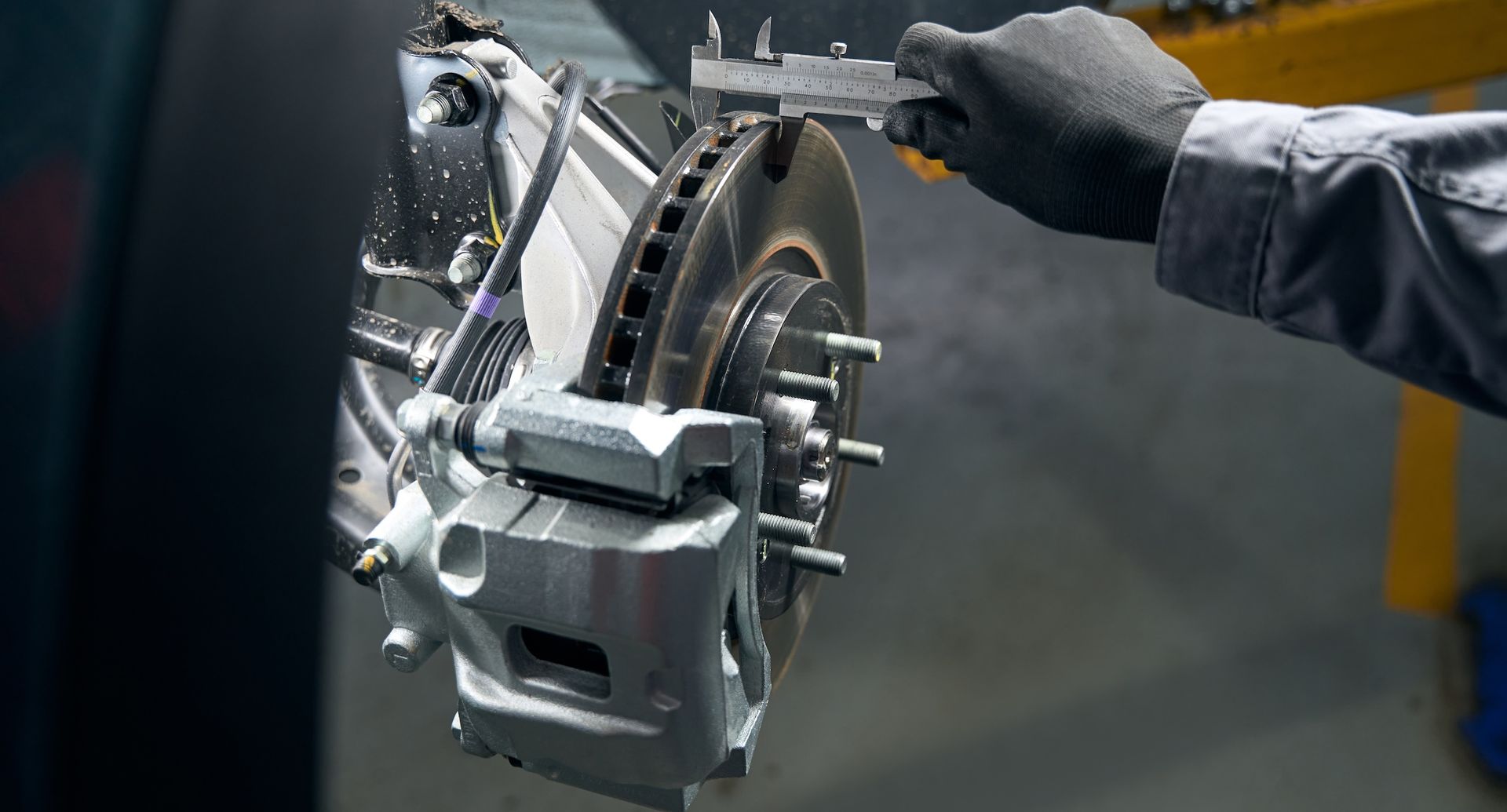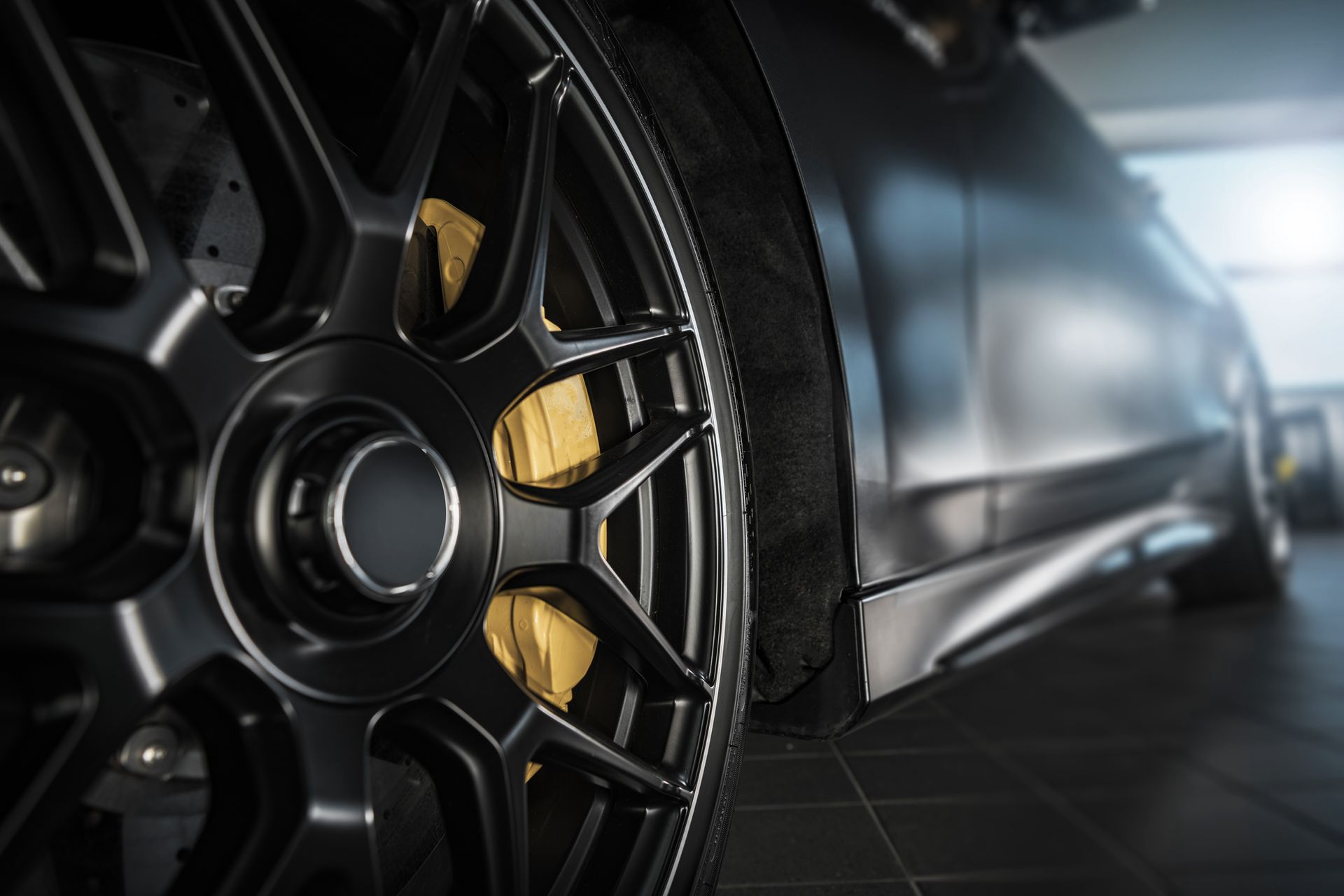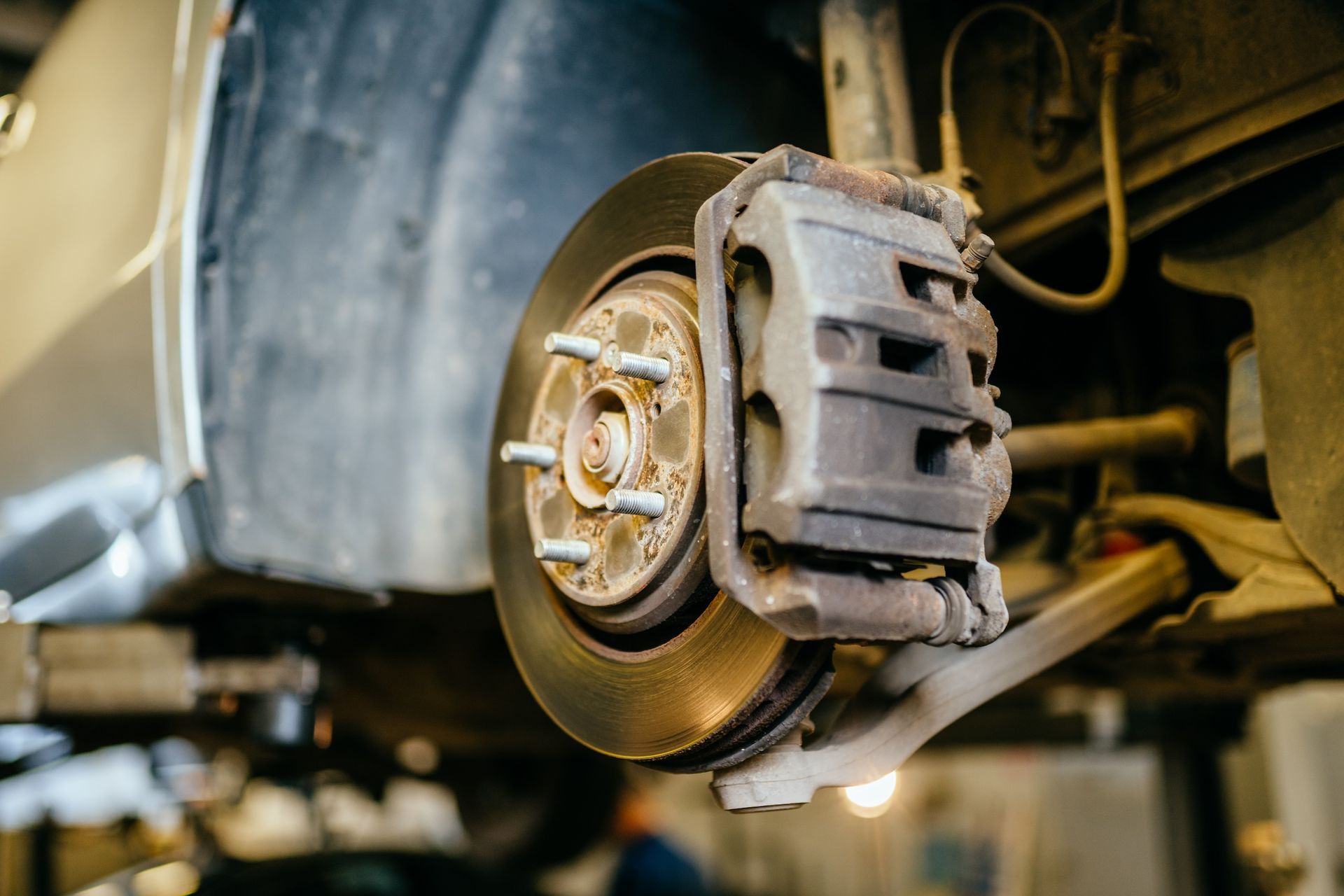Call or Text "BRAKES" to
(541) 631-4126 for a Free Estimate
Do You Need an Alignment After Replacing Tires?
Why Alignment Matters
Replacing your tires is a crucial part of maintaining your vehicle’s performance and safety. However, many drivers overlook an equally important service: wheel alignment. While it’s not always mandatory, ensuring your wheels are properly aligned can maximize the benefits of your new tires, improve your driving experience, and extend the life of your investment.
What Exactly is a Wheel Alignment?
A wheel alignment adjusts the angles of your tires—camber, caster, and toe—so they meet the road as designed by the manufacturer. When your alignment is correct:
- Your tires wear evenly.
- Handling is smooth and predictable.
- Your fuel efficiency remains optimal.
Without proper alignment, even brand-new tires can develop uneven wear and reduce their lifespan.
When is an Alignment Necessary After Getting New Tires?
- Tire Longevity and Performance
Misaligned wheels cause uneven tread wear, meaning you might find one side of your tire balding much faster than the other. This uneven wear can shorten your new tire’s life significantly, leading to frequent replacements. Alignments help your tires wear evenly and last as long as they should. - Enhanced Driving Comfort
Misaligned tires can make your car feel unsteady, with poor handling or pulling to one side. An alignment ensures that your vehicle drives straight and feels stable on the road, giving you a smoother and more enjoyable ride. - Fuel Savings
Did you know misaligned wheels can hurt your fuel efficiency? When tires are not aligned properly, your engine has to work harder to move the vehicle forward, which increases rolling resistance. A simple alignment service can reduce this strain, saving you money at the pump. - Protection for Suspension and Steering Components
Prolonged misalignment can put unnecessary strain on your vehicle’s suspension and steering system. Over time, this can lead to expensive repairs. Aligning your wheels not only protects your tires but also reduces wear and tear on these critical components.
Signs You May Need an Alignment
Even if you’re not sure, there are clear indicators that your car might need an alignment:
- Your car pulls to one side.
This can be subtle or dramatic, making it harder to maintain a straight path. - Uneven tire wear.
Check your tires for differences in tread depth. Uneven patterns often indicate alignment problems. - Crooked steering wheel.
If your steering wheel isn’t centered when driving straight, your alignment may be off. - Unusual noises.
Misalignment can cause squealing or other sounds when driving, particularly during turns.
How Often Should You Get an Alignment?
To keep your vehicle in top shape, experts recommend a wheel alignment:
- At least once a year.
- Whenever you get new tires.
- After hitting a pothole, curb, or experiencing an accident.
The Alignment Process: What to Expect
When you bring your car in for an alignment, technicians will:
- Inspect your tires and suspension components for wear or damage.
- Use specialized equipment to measure your vehicle’s current alignment angles.
- Adjust the camber, caster, and toe to ensure they meet the manufacturer’s specifications.
The process is quick and straightforward, but its impact on your tires and driving experience is immense.
Why Choose LMD Brake & Alignment Center?
At LMD Brake & Alignment Center, we understand how crucial proper alignment is for the performance and longevity of your vehicle. Our expert technicians use state-of-the-art equipment to ensure your alignment is precise, giving you peace of mind and maximum value for your new tires. Whether you’re replacing your tires or suspect an alignment issue, we’re here to help.
Conclusion: Don’t Skip the Alignment
Replacing your tires is a step toward safer and smoother driving, but an alignment ensures you get the most out of your investment. From improved tire life and fuel efficiency to a more comfortable ride, the benefits of an alignment are clear. Schedule an appointment at LMD Brake & Alignment Center today and let us help keep your vehicle running at its best.

